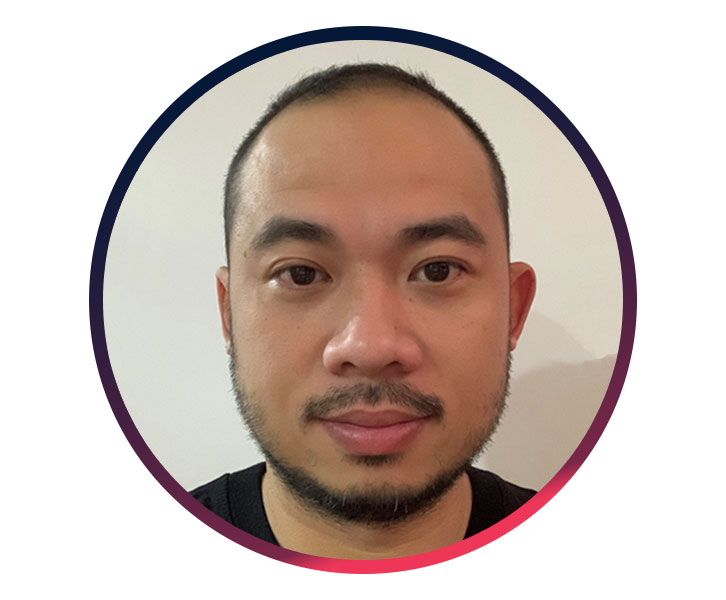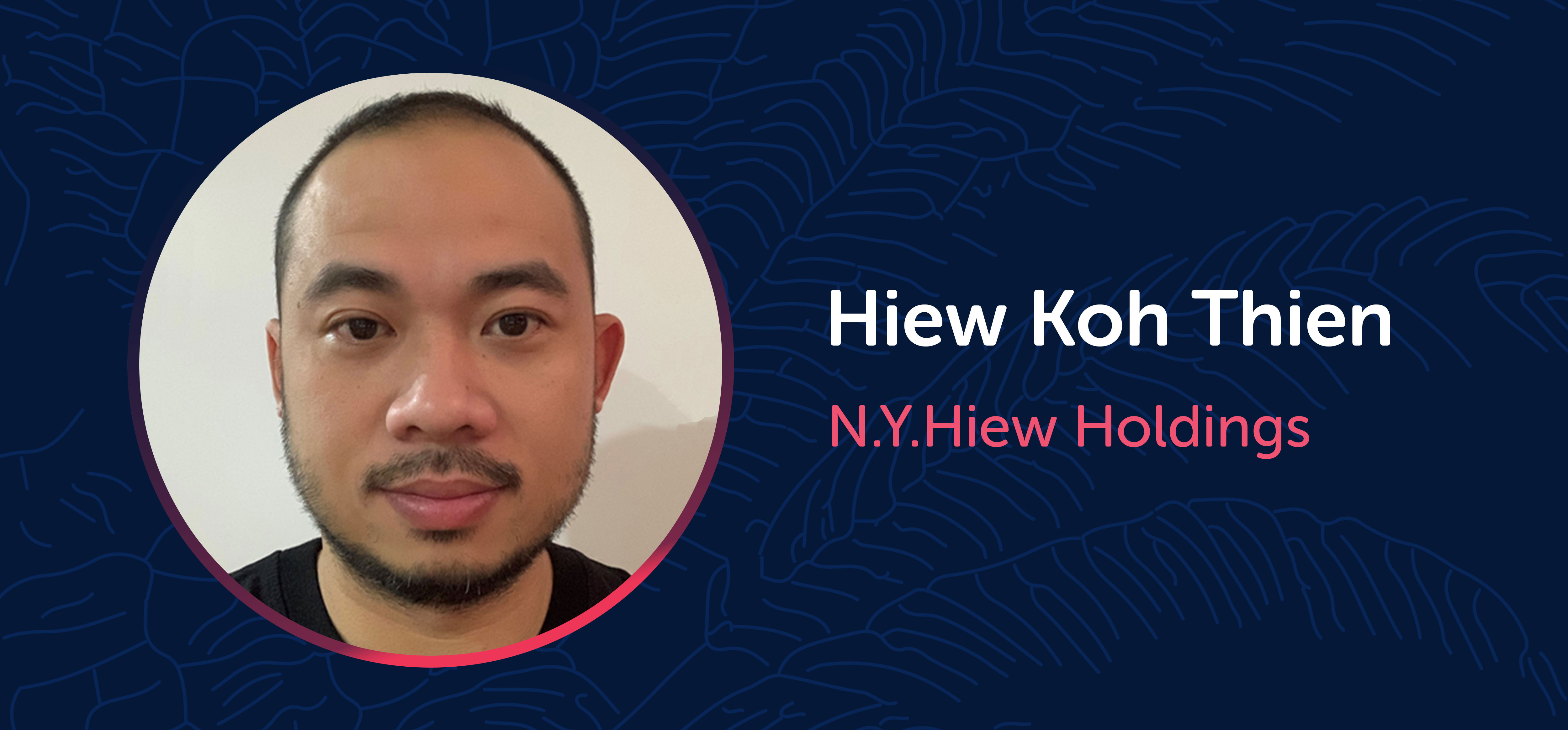Smallholder farmers account for 40% of global palm oil production, therefore including them in the RSPO system is essential to achieve market transformation.
In November 2019, RSPO members made a bold commitment to supporting greater inclusion of smallholders into the sustainable palm oil supply chain, through the adoption of the
RSPO Independent Smallholder (ISH) Standard. This new standard aims to increase inclusion by taking into account the challenges faced by smallholders globally, whilst upholding the core sustainability requirements
Following the adoption of the ISH Standard, RSPO spoke to Hiew Koh Thien, Director of
N.Y.Hiew Holdings. As an RSPO certified grower, N.Y.Hiew is one of the oil palm producers leading the way in Sabah, Malaysia through its sustainable farming practices.
What are some of the challenges that smallholders face in their sustainable palm oil journey?
I think they face two main challenges in achieving RSPO certification; firstly, cost, and secondly, legality. I see other challenges as secondary and all solvable given enough time and support.
To achieve RSPO certification, we can divide the costs into assessment and infrastructure costs. Using simplified tools and models can help to reduce costs for assessments, whilst well-planned budgets would allow more time for infrastructure costs to be apportioned. For this reason, I cannot stress enough how important it is for smallholders to receive incentives such as RSPO Credits, in order to improve their production yields whilst lowering their operational costs simultaneously. Securing and maintaining smallholder profitability is the only way to ensure smallholder certification is sustainable in the long run.
With legality, most of the issues faced by smallholders are at government policy level, with the main issue being land titles. The Independent Smallholder Standard must be flexible enough to address some of these complex issues, or smallholders will be left behind.
How can we bridge the gap between smallholders and markets?
The Jurisdictional Approach (JA) is the only sustainable way to close the aforementioned gap between smallholders and markets. The current JA model is not working as well as it should due to many reasons, including the fact that NGOs see it as a platform to constrain activities that might cause harm to the environment or might have a negative social impact. On the other hand, governments may feel the JA will impinge or restrict their ability to develop and their ability to effectively enforce new policies. It has been challenging for RSPO to find a middle ground to balance these opposing agendas, making progress has been slow as a result.
There are many potential roles the Jurisdiction Approach can fulfil. One of them is the protection and profitability of independent smallholders. A proper JA structure should help link smallholders to markets so that smallholders are able to trade in markets without interference from traders cutting into their profitability. There are enough big players in the industry with larger margins for the traders to benefit from.
“A proper Jurisdictional Approach structure
should help link smallholders to markets.”
How will the proposed Independent Smallholder Standard help to strengthen smallholders’ inclusion in the RSPO system?
Though I think it should have been devised and applied earlier, I can’t wait to see it in action.
A large part of the new standards depends on RSPO Credits. It will be very interesting to see whether the credits market is able to retain its value. I have commented before that the price of the smallholder's credits should be fixed or at least have a floor price, as we do not want to see the credits market become another commodity.
What are your key learnings from this year’s conference?
I can see a lot of funding and support for smallholder certification but at the same time I feel their disgruntlement. It seems to me that a lot of budget has been spent with little results to show for it. People are tired. Sentiments have been over-played. Funds abused.
As an industry, we need to come together to design a model for smallholders to ensure independence and sustainability for the long run. We need to develop a dynamic, but also inclusive model for all smallholders to achieve certification without continually burdening donors.



